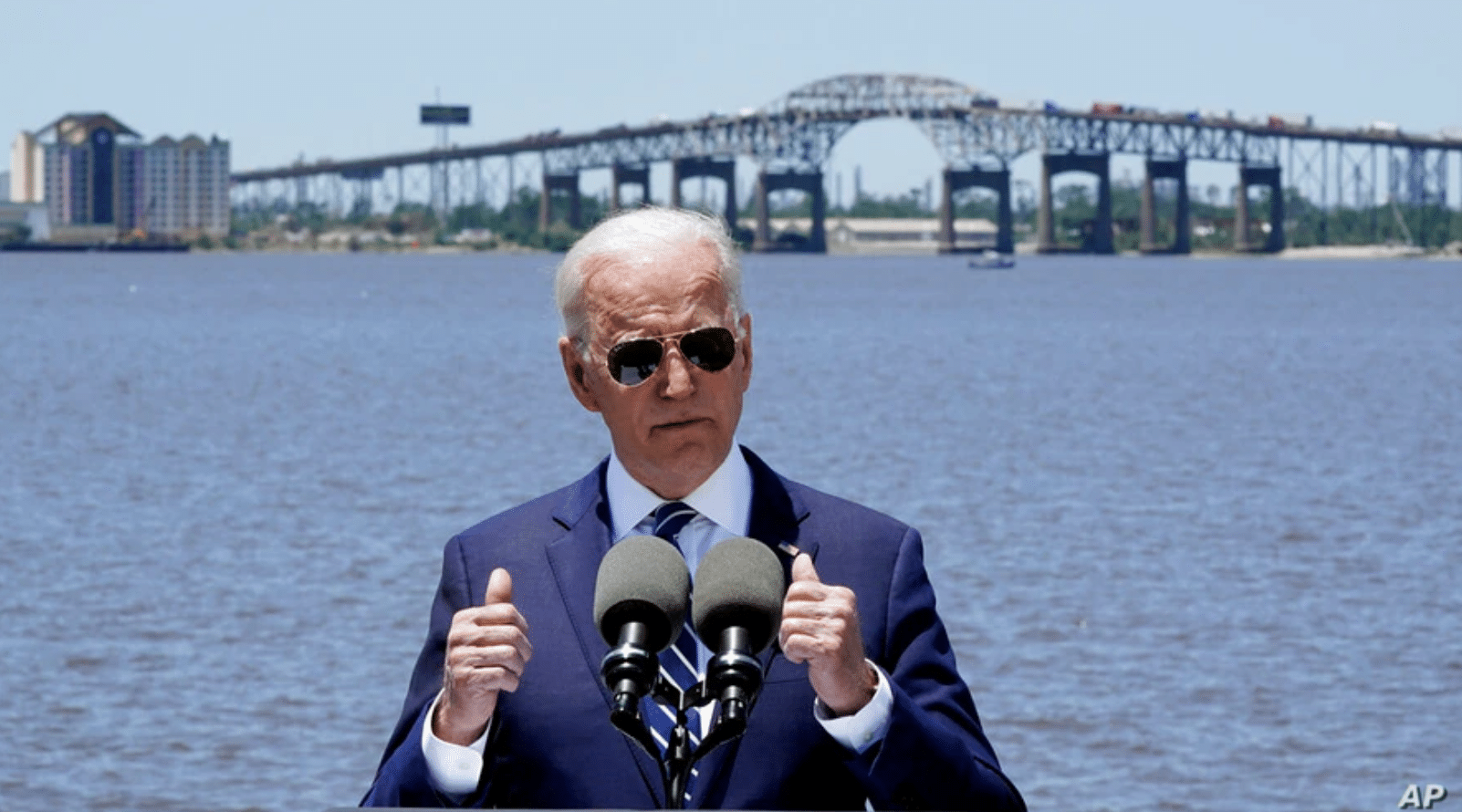Build It and They Will Come: The Biden Infrastructure Plan
May 10, 2021
 President Joe Biden is currently campaigning to promote his administration’s infrastructure plan. The plan is intended to address three main areas of concern: crumbling or inadequate infrastructure, job creation and economic growth, and environmental issues. In this post, we will focus on the infrastructure goals of the plan.
President Joe Biden is currently campaigning to promote his administration’s infrastructure plan. The plan is intended to address three main areas of concern: crumbling or inadequate infrastructure, job creation and economic growth, and environmental issues. In this post, we will focus on the infrastructure goals of the plan.
What is Infrastructure?
Infrastructure refers to the basic facilities and structures that allow a community or nation to function. It can include transportation, energy and power, basic resources such as water, telecommunications (phones and internet access), and waste removal and management. While talking about infrastructure often conjures images of rebuilding old bridges and adding new highways, it also includes other less “tangible” structures such as broadband access.
What is in the Biden infrastructure plan?
The plan, formally named the American Rescue Plan, would invest two trillion dollars over a fifteen-year period to rebuild or build new infrastructure, make the economy more equitable, combat climate change, and boost economic growth.1 Major infrastructure-related portions of the proposal include2:
- 621 billion dollars for transportation, with a focus on roads, bridges, and railways.
- 300 billion dollars towards reinvesting in U.S. manufacturing, with a focus on green energy, high tech, and medical manufacturing.
- 213 billion dollars on affordable and energy efficient housing.
- 111 billion dollars for water infrastructure, including replacing old pipes and removing any pipes containing lead, and upgrading sewage and water runoff systems.
- 100 billion dollars to build or upgrade public school buildings.
- 100 billion dollars in digital infrastructure, including providing nation-wide affordable broadband access, with a focus on rural and urban areas.
The plan also calls for raising corporate taxes to pre-2017 levels and changing tax codes to encourage large global companies to invest and produce more in the U.S.3
Hear from Representatives Eddie Bernice Johnson (D-TX) and David Rouzer (R-NC) as they discuss President Biden’s 2 trillion dollar infrastructure plan.
The Debate
Most of the debate over the infrastructure spending outlined above revolves around how much the U.S. can afford to spend and whether it is a good idea to raise taxes. Steve Scalise, a Republican member of Congress from Louisiana, called the plan a “budget-busting tax hike spending boondoggle masquerading as an infrastructure bill,” and said it would send more jobs overseas and hurt the middle class.4 Kevin McCarthy (R-Calif.) the Republican leader in the House, said the plan is too big and too expensive. He also cautioned that “the real challenge is in these great big bills there’s just waste, fraud, abuse, but more importantly corruption.”5While critics of the plan have focused on cost, Secretary of Transportation Pete Buttigieg argued that “doing nothing is what’s truly unaffordable.” He went on to say that, as infrastructure fails and the U.S. continues to fall behind other nations, the cost for addressing these issues will only grow. “We’re either going to pay now or we’re going to pay a lot more later.”6
While Congress is largely divided along party lines, the plan is finding some Republican support among governors and mayors. Nic Hunter, the Republican mayor of Lake Charles, Louisiana said, “I do believe we can agree on the dire need here in Lake Charles for an infrastructure plan that can build us a new bridge and I do believe we can agree on the dire need to support disaster relief in Southwest Louisiana…Any member of Congress out there listening: Lake Charles needs help right now. And we are asking for it.”7
This is a large and complicated plan. In this post, we’ve only examined some of the largest elements of the proposal. As the proposal takes shape in Congress, the debate may become even more contentious, or there may be places where the two parties can negotiate.
Discussion Questions
- How would you describe the infrastructure of your community? Think of road quality, traffic, access to rail and public transportation, the state of public school buildings, and internet access, among other things.
- How would you prioritize infrastructure spending? Think of the specific goals outlined above.
- How would you advise your member of Congress to vote on this proposal? Which elements of the proposal are most important to your community? Which elements are the least important?
As always, we encourage you to join the discussion with your comments or questions below!
Sources
Featured Image Credit: Alex Brandon/AP Images
[1] WhiteHouse.gov: https://www.whitehouse.gov/briefing-room/statements-releases/2021/03/31/fact-sheet-the-american-jobs-plan/
[2] CNN.com: https://www.cnn.com/2021/03/31/politics/infrastructure-proposal-biden-explainer/index.html
[2] New York Times: https://www.nytimes.com/2021/03/31/business/economy/biden-infrastructure-plan.html
[4] AP News: https://apnews.com/article/louisiana-business-government-and-politics-462e89744cc73d2d953e1c332e36ddb9
[5] New York Post: https://nypost.com/2021/05/09/rep-mccarthy-says-no-need-to-spend-trillions-on-biden-plan/
[6] ABC News: https://abcnews.go.com/Politics/transportation-secretary-pete-buttigieg-23-trillion-infrastructure-plan/story?id=77539522
[7] AP News: https://apnews.com/article/louisiana-business-government-and-politics-462e89744cc73d2d953e1c332e36ddb9







